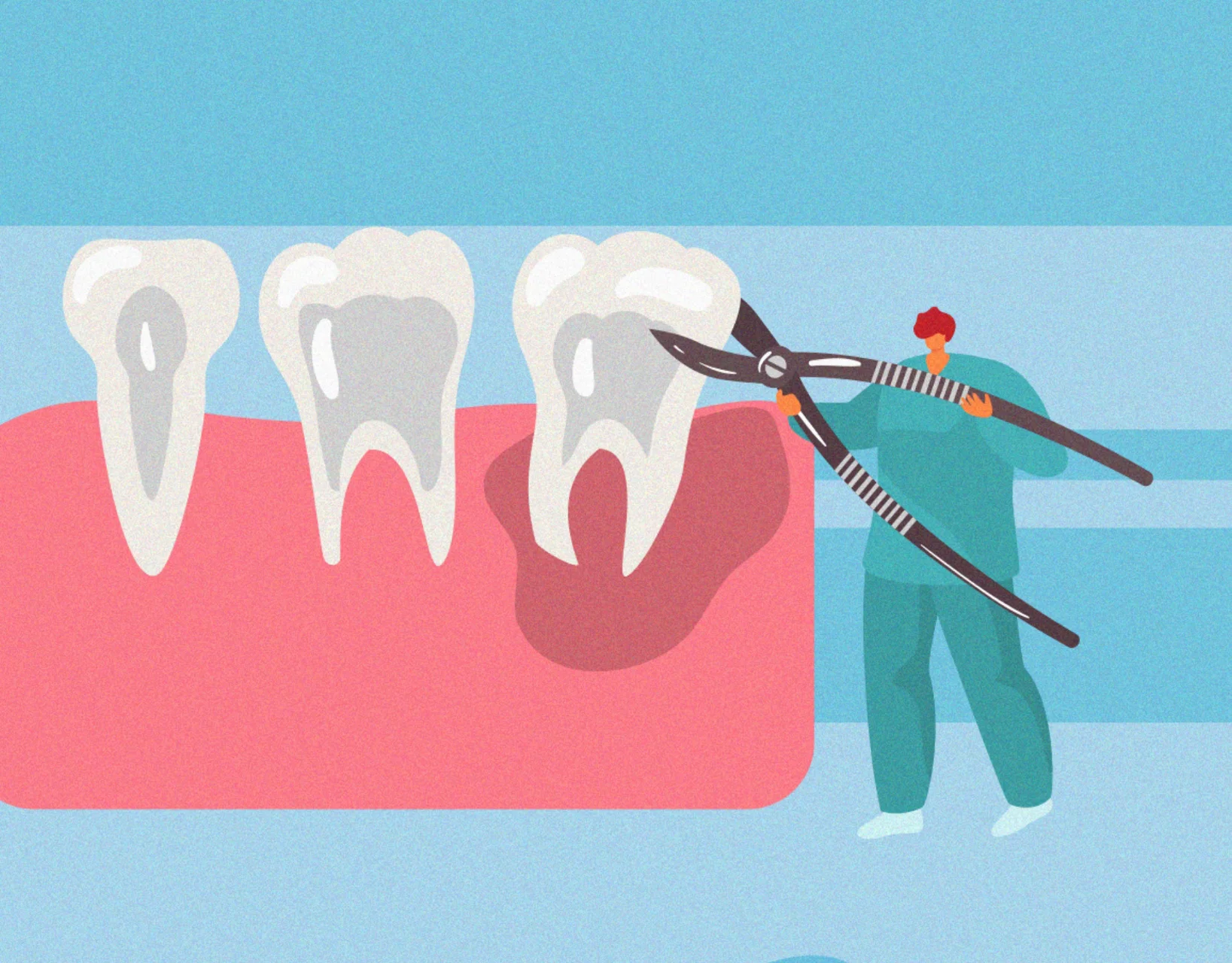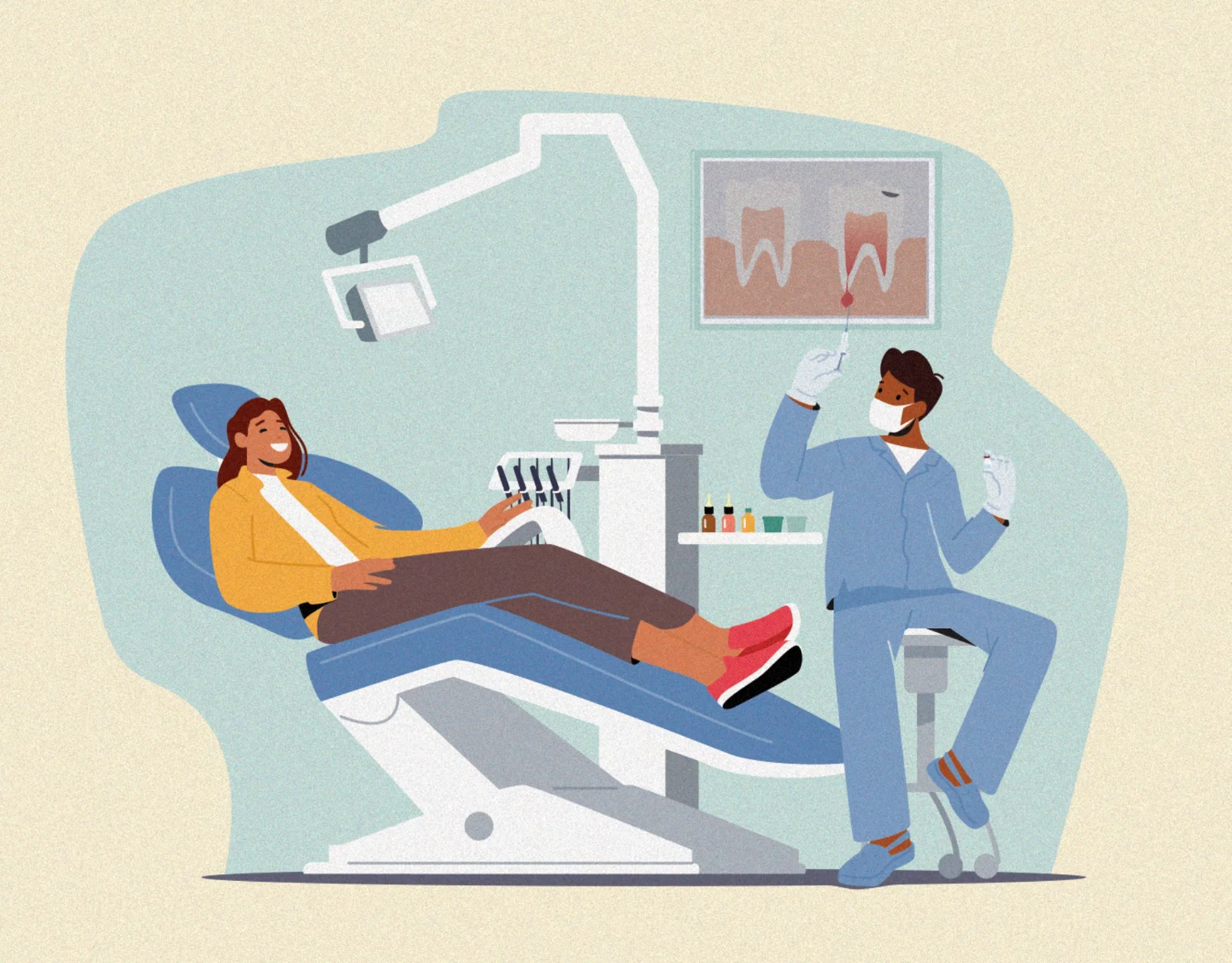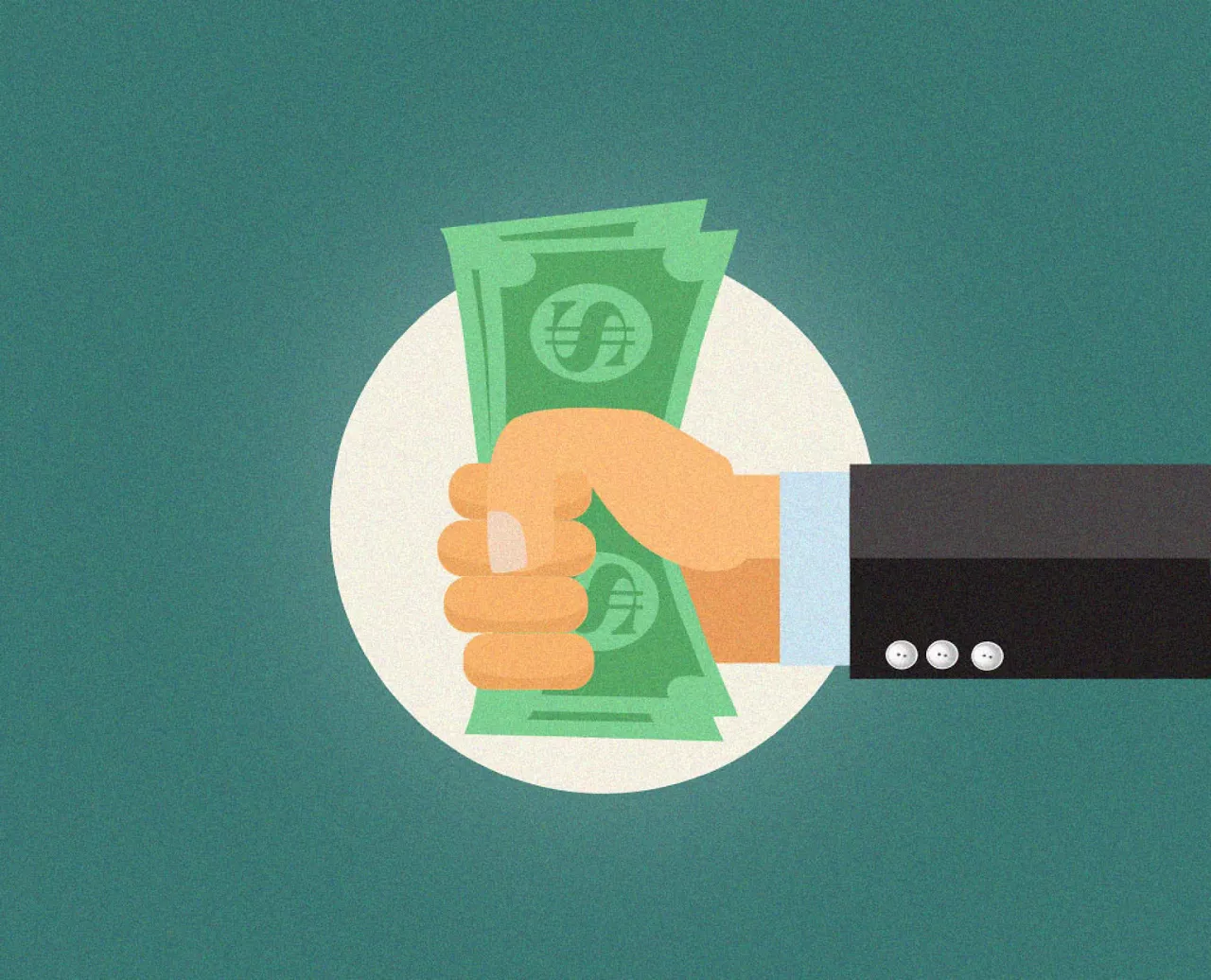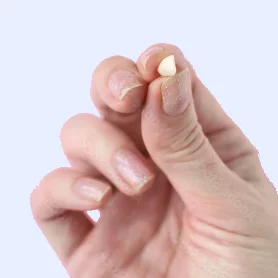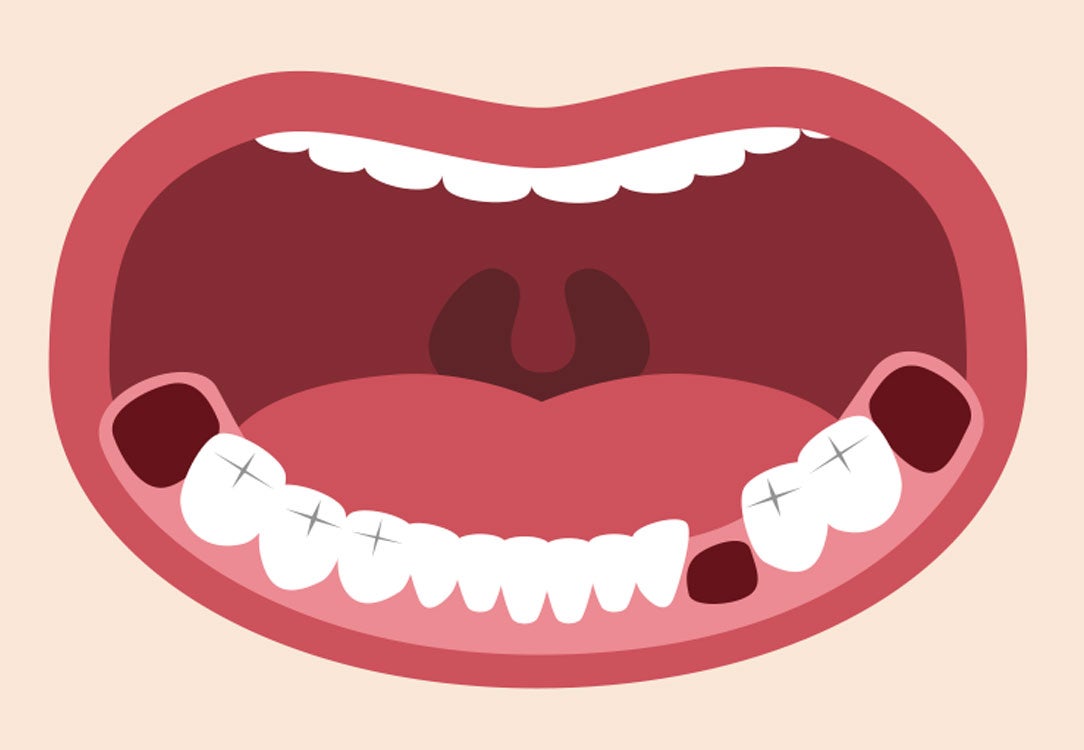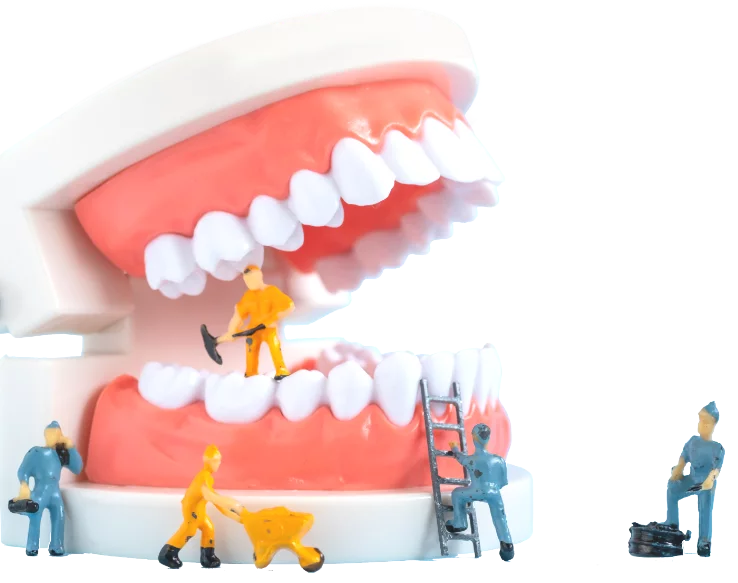How can we help?
Why Would You Need a Tooth Extraction?
Dentist might recommend removing a tooth in cases of impacted teeth, tooth abscess, dental injuries, crowded teeth, advanced gum disease or severe tooth decay.

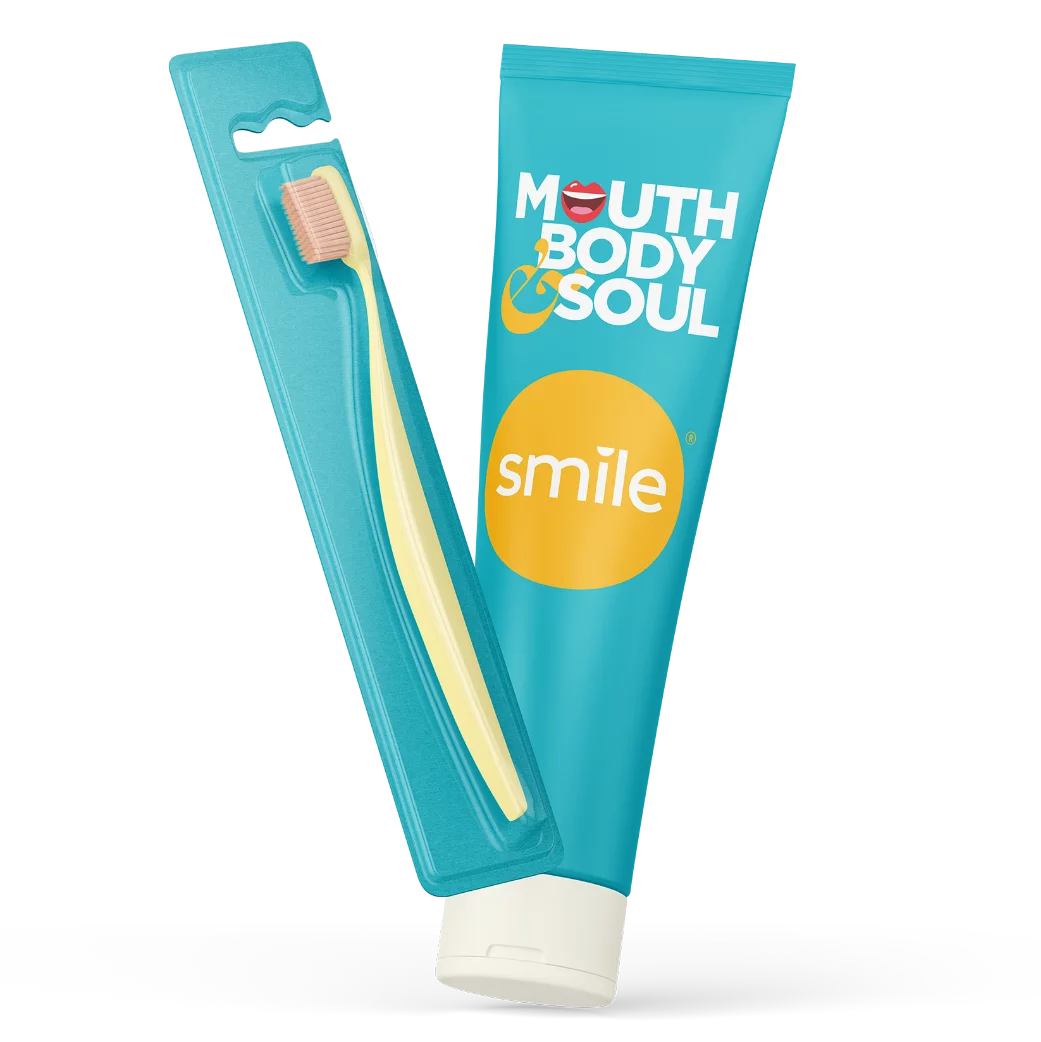

Book an Appointment Today
Got a tooth that’s causing trouble? Talk with a Smile Generation-trusted dentist for an appointment.
Got questions?
Preparing for a tooth extraction? Get ready for all your answers.
A tooth extraction is the process of extracting the tooth from the mouth. In some cases, tooth extractions are simple, such as a baby tooth that will not fall out. In other cases, tooth extractions are complex and require surgical removal. If the tooth is above the gum line, it is considered simple, but if it is below the gum line, meaning it has not grown in, you will need a surgical extraction.
If you require a surgical tooth extraction, such as with an impacted wisdom tooth, the dentist may need to remove gum tissue or even parts of the bone to extract the tooth. You may need a tooth extraction if the dentists believe you to have severe tooth decay, advanced gum disease, crowded teeth, an abscess, impact, or other dental injuries that are not treatable.
There are two types of tooth extractions, and the type of extraction will determine the length of healing. The first type of extraction is a simple extraction and usually requires little intervention in the healing process. Simple extractions do not involve significant healing lengths as there is no required incision.
The second type of extraction is a surgical extraction and will require weeks to heal. This type of tooth extraction requires cutting to get the entire tooth, including the roots out. While the healing process starts almost immediately, you are looking at several weeks before the site is completely healed.
Learn more in our blog article, "Tooth Extractions: Cost Without Insurance, Healing and Eating."
Without insurance, a tooth extraction can cost more than you might expect. The cost will also depend on a few things, such as where you live and the type of extraction you need. For instance, a simple extraction, where no incision was made, will cost less than a surgical extraction, where an incision and sutures were required.
Typically, but not in all locations or offices, a simple tooth extraction will cost less than $100, while more complicated extractions can cost over $1,000.
If you do not have insurance, consider a dental plan or financing through Smile Generation—dental plans typically cost less than insurance.
Learn more in our blog article, "Tooth Extractions: Cost Without Insurance, Healing and Eating."
Damaged tooth? You might need a tooth extraction. If your tooth is damaged below the gum line, chances are, your dentist will not be able to save it. When the tooth is either damaged wholly or severely broken, your dentist will likely recommend a tooth extraction.
Other cases, such as advanced gum disease, will also constitute a tooth extraction because it can permanently damage both your teeth and jaw if not treated. And in some cases, if there is an abscess, you will also need a tooth extraction.
There are also cases where there is no sign of disease, decay, or damage, yet a tooth extraction may be necessary. For instance, a tooth extraction might be recommended if you have overly crowded teeth.
Learn more in our blog article, "Emergency Tooth Extractions."
Related Posts
Sources
WebMD. (n.d.). Tooth Extraction: Pulling a Tooth. https://www.webmd.com/oral-health/guide/pulling-a-tooth-tooth-extraction
Colgate. (n.d.). Tooth Extraction: What to Expect When You Need a Tooth Removed. https://www.colgate.com/en-us/oral-health/tooth-removal/tooth-extraction
Healthline. (n.d.). Tooth Extraction: Procedure, Recovery, and More. https://www.healthline.com/health/tooth-extraction

